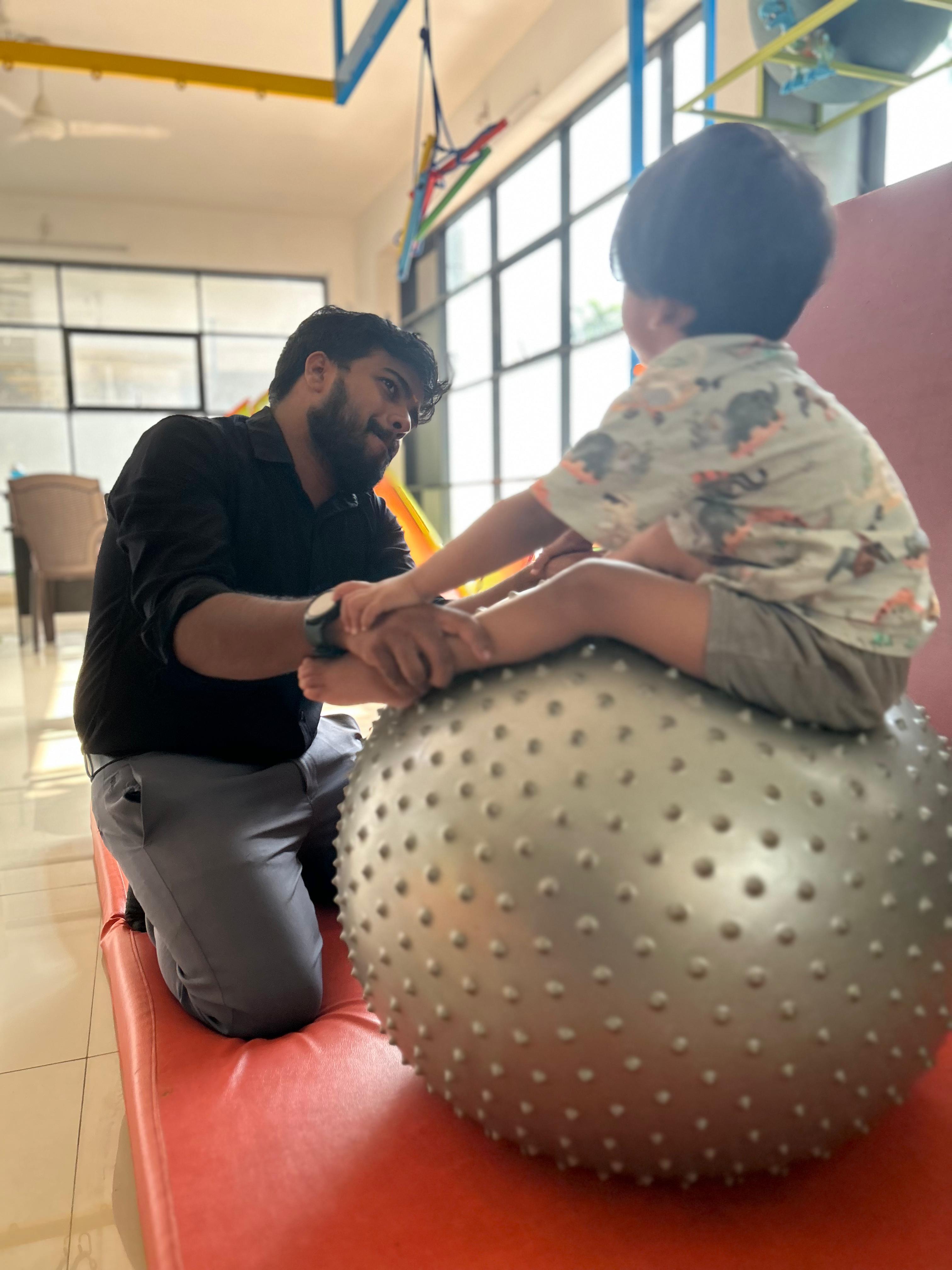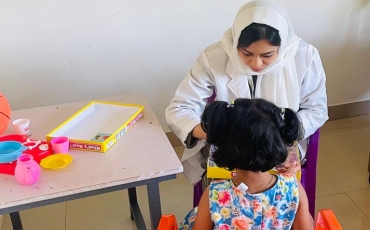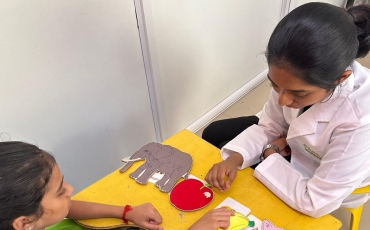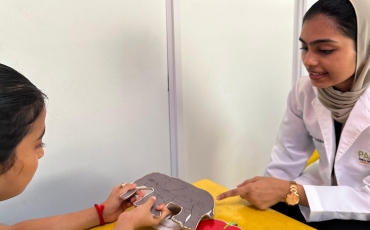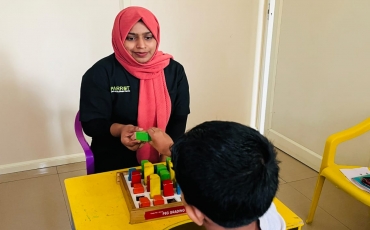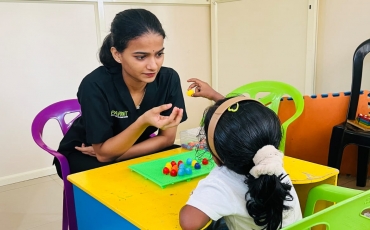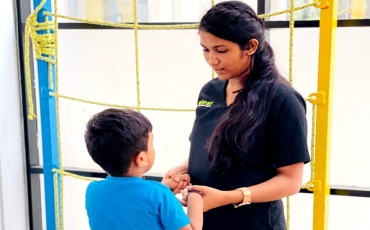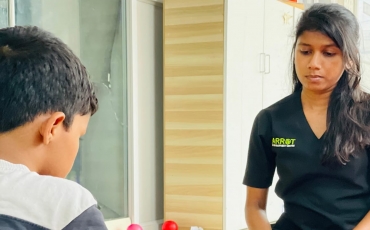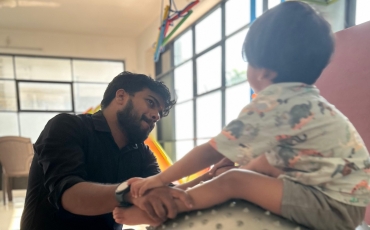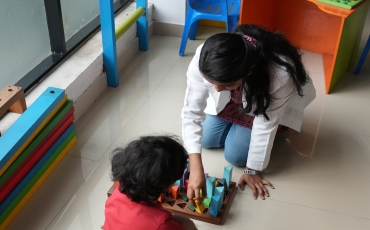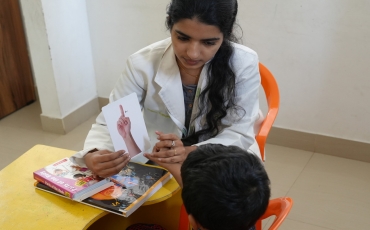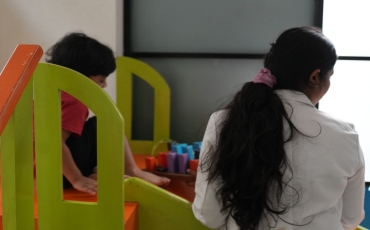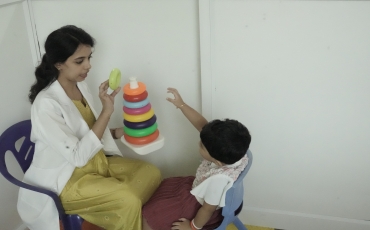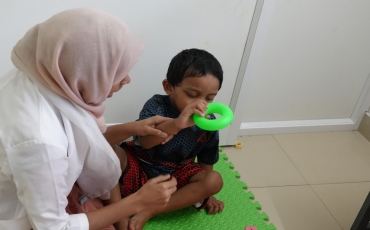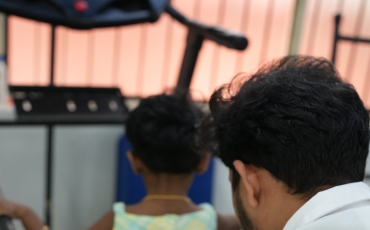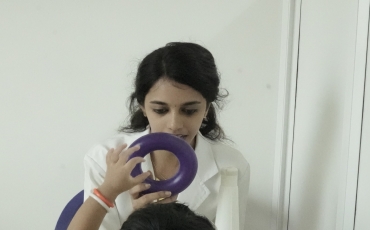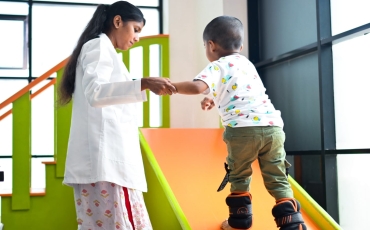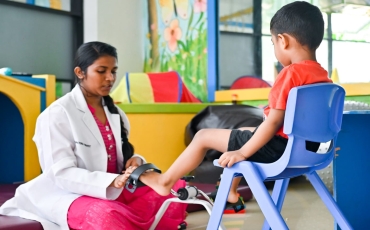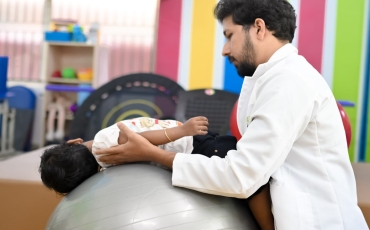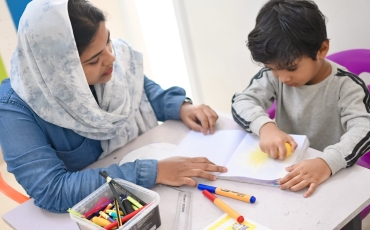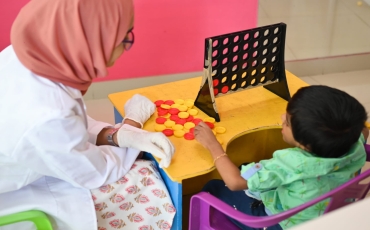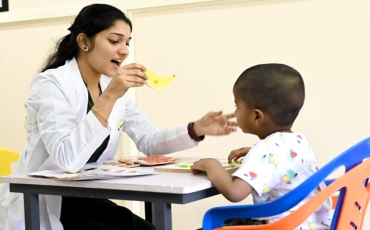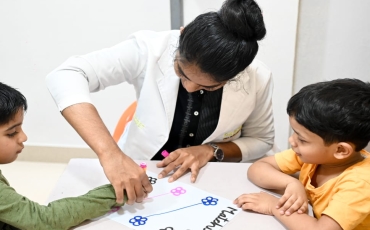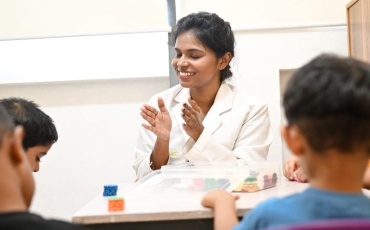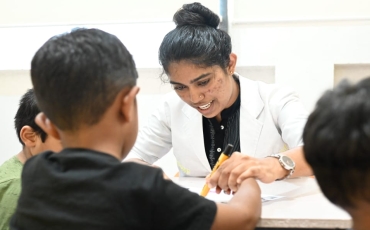Importance of parallel play among kids
Parallel play is a form of play in which children play adjacent to each other, but do not try to influence one another's behavior; it typically begins around 24-30 months. It is one of Parten's stages of play.It involves children playing alongside each other without directly interacting or engaging in cooperative play. During parallel play, children may use similar toys or be engaged in similar activities, but they don't actively collaborate or share goals.
cheap replica omega
replica watches for sale
fake rolex uk
For example, two toddlers might sit next to each other playing with blocks. While they're both engaged in building, they may not communicate or collaborate in their play. Each child is focused on their own activities, occasionally glancing at what the other is doing but not directly interacting.
Parallel play is an important stage in a child's social development. It allows children to become comfortable with the presence of others, practice independent play, and explore their environment while still having the security of being in the company of peers. As children mature and develop social skills, they gradually move from parallel play to more interactive forms of play, such as associative play and cooperative play, where they actively engage with each other, share ideas, and collaborate on tasks.Parallel play is an essential developmental milestone for young children, typically observed during the toddler and preschool years. Its importance lies in several key areas:
1. Social Development: Parallel play allows children to be around others while engaging in their own activities. It helps them become comfortable in the presence of peers and lays the foundation for future social interactions.
2. Independence: By engaging in parallel play, children learn to entertain themselves and explore their surroundings without constant adult interaction. This fosters independence and self-reliance.
3. Observational Learning: Children often mimic the behaviors of their peers during parallel play, leading to observational learning. They observe how others interact, communicate, and play, which helps them develop social skills and expand their understanding of the world around them.
4. Conflict Resolution: Parallel play provides opportunities for children to navigate social situations and learn basic conflict resolution skills. They learn to share space, negotiate turn-taking, and resolve minor disputes independently.
5. Language Development: While engaging in parallel play, children may engage in simple conversations, exchange words, or imitate sounds they hear from their peers. This exposure to language and communication aids in their linguistic development.
6. Emotional Development: Parallel play allows children to experience a range of emotions in a safe and supportive environment. They learn to manage their feelings, regulate their behavior, and develop empathy as they observe and interact with others.
Overall, parallel play serves as a crucial stepping stone in children's social, emotional, cognitive, and language development, laying the groundwork for more complex social interactions and relationships later in life.
Adwaith MK
Occupational Therapist

